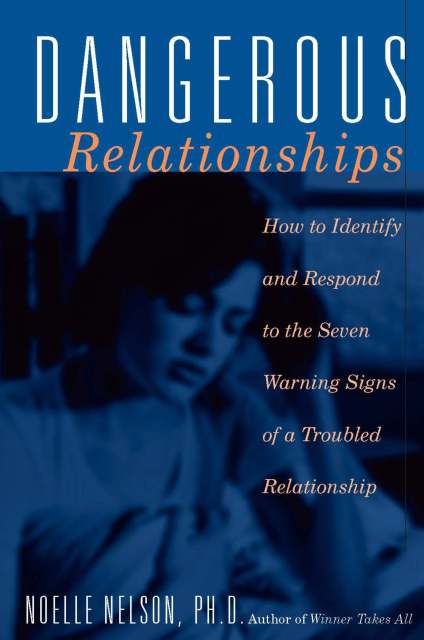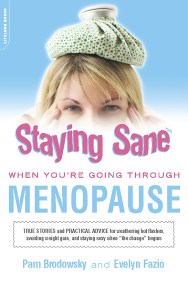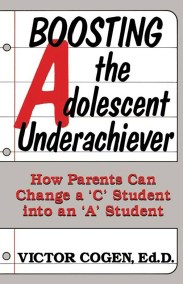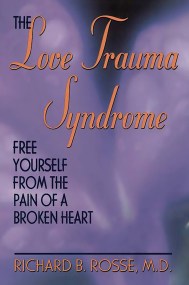Promotion
Use code MOM24 for 20% off site wide + free shipping over $45
Dangerous Relationships
How To Identify And Respond To The Seven Warning Signs Of A Troubled Relationship
Contributors
Formats and Prices
Price
$10.99Price
$13.99 CADFormat
Format:
- ebook $10.99 $13.99 CAD
- Trade Paperback $21.99 $28.99 CAD
This item is a preorder. Your payment method will be charged immediately, and the product is expected to ship on or around April 27, 2009. This date is subject to change due to shipping delays beyond our control.
Also available from:
“A powerful and important book!…Dangerous Relationships could be a life saver.”-Susan Forward, Therapist and Author, Men Who Hate Women & The Women Who Love Them and Toxic Parents”I would highly recommend this book to anyone who may be in a violent relationship, or to a relative or close personal friend who has concerns about the safety of someone they love.”-Diane P. McGauley, Executive Director, The Family Place, Chair, Texas Council on Family ViolencePossessiveness, insensitivity, and a sudden personality change are all warning signs of a potential abuser. Dangerous Relationships will help readers recognize a potentially violent personality before it’s too late. Interweaving real-life stories of four couples, Dr. Noelle Nelson highlights dangerous turning points in relationships and explains how readers can safely diffuse tension between their spouses, lovers, or roommate and protect themselves from abuse.
Genre:
- On Sale
- Apr 27, 2009
- Page Count
- 332 pages
- Publisher
- Da Capo Press
- ISBN-13
- 9780786731367
Newsletter Signup
By clicking ‘Sign Up,’ I acknowledge that I have read and agree to Hachette Book Group’s Privacy Policy and Terms of Use







